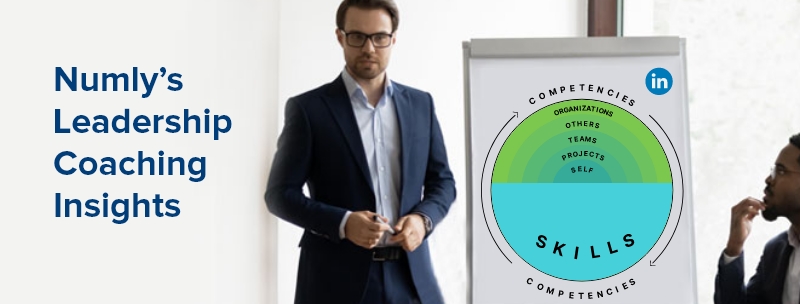The Future of Work is now, and the employees have made their demands clear.
According to The LinkedIn 2018 Workplace Learning Report, 94% of employees will consider staying at a company longer if it is invested in their career development?not high salaries, or better−designed break rooms, or longer vacation time.
We have to agree that things work quite differently with the new demographic; the millennials, that are fast dominating the workplace. A generation that focuses more on purpose over profit and emphasizes on having a career over a job.
A Career Builder survey reveals that 50% of employees feel that they have a career, while 50% feel they are just doing a job.
Organizations need to navigate increasingly tight labor pools to get the right resources. It is clear that they have to start assessing how to re-evaluate the employee experience in order to prevent employee attrition.
This report shows the increasing value of education and learning opportunities for today’s employees. 73% of the participating employees expressed their interest in participating in educational workshops and classes, even outside of work, if their organization offered them. For organizations, this shows a demographic that is invested in their personal growth, and it can directly impact an organization’s sustainability. Have you ever heard of an organization that fared poorly because it invested itself in boosting an employee’s career path?
The shift in employee development plans
Organizations have to make a strategic shift in the manner they approach employee growth plans and focus on developing their career advancement paths. It is this magic pill that differentiates a professional opportunity from a dead−end job.
Companies that are focused on creating career development paths for their employees attract the right, high−potential talent. They also manage to reduce employee churn.
This approach will give the company culture a refreshing boost as organizations will be able to identify how to drive their high-potential employees, understand how to create more high-value employees, and create a nurturing environment in the workplace. An added benefit is the workforce diversity they?ll be able to create in the leadership pipeline.
But employee needs and expectations are different. While the technical skills gap can be navigated leveraging coaching and skill related training, how can organizations improve career paths?
The difference between career builders and jobseekers
For this, we need to realize that a career is more than a job. A job is just going to work to earn a paycheck. A career, on the other hand, earns employees that paycheck and provides learning and experience to fuel their future.
The one thing that differentiates career seekers from job seekers is the attitude. People invested in their career are focused on their long−term goals. These are the people who, much like new software development methodologies, focus on continuous improvement.
Filling in the knowledge as well as their personal gaps is a key focus area for people invested in career development. And for an organization, these are the people who will change your leadership pipeline. It is, therefore, imperative to identify who these people are and how can you enable their objectives.
How should the cookie crumble?
The first part of this puzzle can be solved with data.
Unless you have complete, comprehensive, and objective data on your employees, how can you help them fuel their career paths? Are you presently basing these decisions on the proverbial gut feel? Instead, wouldn’t it be great to give your HR teams the power of AI/ ML/ Analytics to identify potential, suitability, and areas that need development? What if they can leverage behavioral skill-level, in−depth analytical reports on all users within the company?
In-depth assessments such as 16 Personality Factor (16PF) assessments are a great way to help employees identify their areas of development that extends beyond the run of the mill technical skill improvement plan and extends to connecting them with the right mentors. Why mentors? Because mentoring is essential to fuel career growth as it gives continuous and structured, behavioral feedback that is needed to build competencies while prospecting for growth roles.
Reports show that this generation is not made out the way it is projected − fickle, entitled or lazy. They just have a different set of motivations. Almost two-thirds of millennials consider the chance to learn a new skill as a key factor when evaluating jobs. They value professional development and will be loyal to organizations that provide opportunities to advance their skills, both personal and professional. And this should be great news for organizations.
Cracking the code on how to revamp your employee engagement strategy to keep the new generation of millennials and Gen Z at the workplace isn’t rocket science. But you will need to help them connect with the right mentors and design robust mentorship programs and help them navigate the challenging work environment of today.
Have you checked out NumlyEngage™ Enterprise? It aims to redefine the future of work by creating a culture of inclusion and care.

